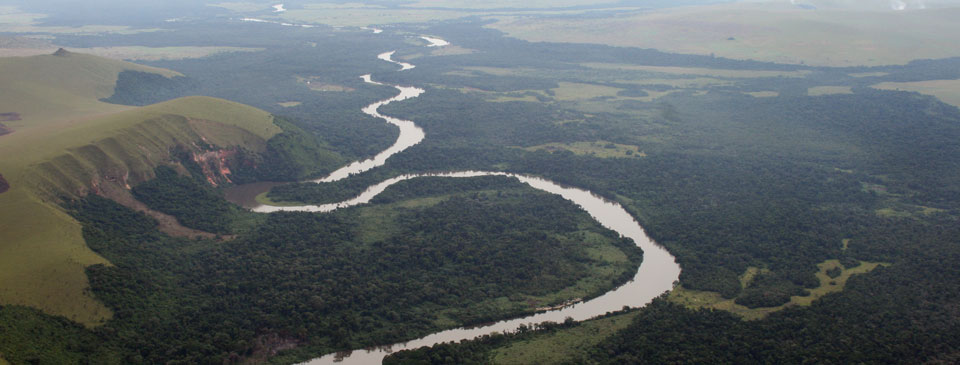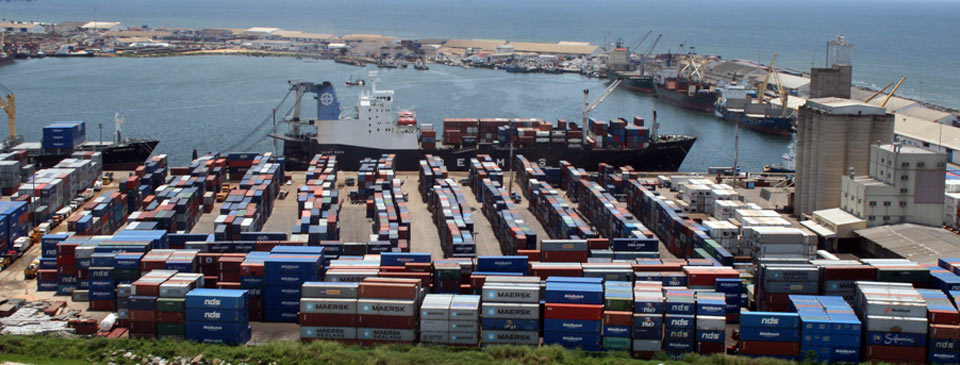
The history of the Republic of the Congo dates back to the discovery of the Congo River by Portuguese explorer Diego Cao in 1492 and later the three expeditions led by Italian-born French explorer Pierre Savorgnan de Brazza at the end of the 19th century.
During his first expedition to the Congo, Pierre Savorgnan de Brazza was driven back by Bafourou warriors who were hostile towards foreign exploration. It was during his second expedition that, in the name of the French government, he signed the treaty between Congo and France with Onkoo Ilo I on October 3, 1880.
In 1883, Lieutenant Cordier founded Pointe-Noire, the current economic capital of the Congo. The colony of Congo, founded in 1891, which became semi-autonomous in 1903, was a territorial entity of French Equatorial Africa (FEA), which included Gabon, Ubangi-Shari and Chad. Brazzaville, the capital of Middle Congo, later became the capital of the FEA.
In 1944, the FEA sided with General de Gaulle after which he named Brazzaville the capital of the Empire and of free France. He created the famous Empire Defence Council. Under the Governor General of FEA, Felix Eboué, Brazzaville served as military recruitment centre and base for all operations to liberate occupied France.
It was from Brazzaville in 1944 that General de Gaulle made the historic appeal of Brazzaville that paved the way to the independence of the French colonies.
Congo gained independence on August 15, 1960.
Following its independence, the former French region of Middle Congo became the Republic of the Congo. After a quarter century of experimentation, Marxism was abandoned in 1990 and a democratically elected government took office in 1992.
After a first civil war in 1994 and a second period of ethnic and political unrest in 1997, President Denis Sassou-N’Guesso returned from exile and succeeded in reaching a final peace agreement.
With peace and stability restored, and bolstered by the support of its partners like the IMF, the Congo can now promote its numerous assets and realize its socioeconomic potential and ensure growth and development.

Congo’s assets are varied and vast. A small country of 4 million straddling the Equator, the Congo, with its 5 borders, is located at the centre of one of the largest African markets. The Congo sits at a crossroads of trade and communication, at the heart of a vast sub-region, and is an active member of 4 regional entities: the CEAC, the CEMAC (i.e., 11 countries), the Gulf of Guinea countries and the Great Lakes.
The Congo River Basin, geographically 3 times the size Europe, includes 12 countries, and offers access to a vast market of over 200 million inhabitants. Between 2010 and 2035, it is predicted that the population of the Congo River Basin will double increasing the need to develop a viable and far-reaching regional network.
The fourth largest producer of oil in Sub-Saharan Africa, economic growth in the last two decades has been heavily driven by the development of petroleum resources, which represent 60% of the country’s GDP and close to 90% of budgetary revenues. The ambitious Major Projects program launched by the Congolese government is intended to support the country’s economic diversification efforts and to place the Congo at the centre of the Central African sub region.
Buoyed by oil prices and a solid growth rate (8% over the last few years, 5.8% projected in 2013), the Congo currently has one of the strongest growth rates in Africa. Hydrocarbon production represents more than 80% of state revenues and the Congo is determined to diversify its economy.
Thanks to the projects currently underway, in particular the Brazzaville-Kinshasa Bridge, Brazzaville is in the process of establishing itself as a significant economic hub in the region. The two cities, which are the closest capitals in the world, are, by themselves, home to 12 million inhabitants.
The availability of financial resources, the abundance of still untapped raw materials and arable land, and the political stability offered by the Congo, make it very attractive investment destination in the era of the “Africa Rush”.
The Congo River Basin forests cover 65% of the country and represents 12% of the forest cover of Central Africa. The Congo basin is one of the largest “green lungs” in the world, second only to the Amazon River basin. Within its 228 million hectares, the Congo River Basin contains over 400 mammalian and 1,000 avian species.
The Congo’s lush landscape coupled with its diverse and abundant fauna and welcoming people make it conducive to historical, sports and ecotourism.
Republic of the Congo
Political capital : Brazzaville (1.3 million Inhabitants)Economic capital: Pointe Noire (700,000 inhabitants)
Land area : 342.000 km2
Borders:
- 201.0 Km with Angola
- 523.0 Km with Cameroon
- 467.0 Km with Central African Republic
- 2,410.0 Km with Congo- Kinshasa
- 1,903.0 Km with Gabon
Railway system: 795 Km long
Sea coast: 169 Km (on the Atlantic Ocean)
Seaport: The deep-water port of Pointe Noire
Demographics
Population: 4,012,809 inhabitants (in 2009)Urbanization: +50%, the country ranks among the most urbanized in Africa
Main ethnic groups:
Kongo 48% in the south
Sangha 20% and Mbochi 15% in the north
Teké 17% in the centre
Religions: Christianity 50%, Animism 48%, Islam 2%
Languages: French (official language), Lingala and Kikongo (national languages)
Economy
GDP: $13,350 million USDGDP per capita: $4,000 USD
Investment rate: 32% of the GDP
Imports: $779.9 million USD (CFA 374.6 billion)
Exports: $1.79 billion USD (CFA 863.4 billion)
- of which $1.6 billion USD (CFA 774 billion) come from the petrochemical industry
Structure of the Economy:
Agriculture: 11%;
Industry: 48.5%;
Services: 40.5%;
Fourth largest producer of oil in Sub-Saharan Africa, which represents 60% of the country’s GDP with 240,000 barrels/day and over 80% of budgetary revenues.
Currency: CFA (Financial Cooperation in Central Africa) franc.
1 US Dollar = 480.31 CFA
1 Euro = 658 CFA
Belongs to 3 regional entities:
The CEMAC
The CEEAC,
The Gulf of Guinea countries.
4, Cité Paradis 6È Étage | Paris | 75010 | France
E. info@buildafricaforum.com | registration@buildafricaforum.com
T. +1 212 317 8656
 FR
FR




